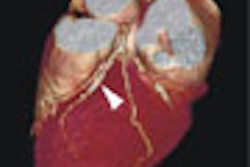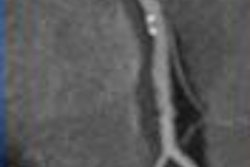Dear Digital X-Ray Insider,
Radiologic technologists often ask us for advice on patient positioning techniques. For radiography positioning, we usually refer them to a series of articles on x-ray positioning published a few years ago by Dr. Naveed Ahmad, the founder of radiology education Web site RadQuiz.com.
RTs have told us that they find these articles to be invaluable, so we decided to collect all 16 into a single resource, the X-Ray Patient Positioning Manual, which you can now download for free in our Digital X-Ray Community.
The manual is in an easy-to-use PDF format, meaning you can download it anywhere there's a computer with an Internet connection (though be forewarned that the file size is 15.4 MB, so you might want to grab a cup of coffee after hitting the "download" button). To view a list of topics, just click here.
In other x-ray-related happenings, this edition's Insider Exclusive covers the use of positioning markers and digital templates for orthopedic surgical planning. Digital x-ray has achieved widespread use for orthopedic applications, but surgeons are finding that if they don't know the magnification used in the digital x-ray study, it could lead them to select orthopedic implant hardware that's the wrong size.
Positioning markers offer a point of reference that can help surgeons determine just how much magnification was used in an imaging exam, but several types of markers are available. A group of U.S. researchers compared two of the most commonly used markers, and you can find out which one proved to be the most accurate by clicking here. Remember that you're reading this Insider Exclusive days before the rest of the AuntMinnie membership.
In other recent news in digital x-ray, we offer up a series of articles from the European Congress of Radiology earlier this month. Researchers from Luxembourg examined the problem of dose creep in computed radiography (CR), while a French team reported on its experience in moving a portable digital radiography (DR) system to the emergency department to speed up exam turnaround times for emergency patients.
Meanwhile, in a pair of separate studies, German and Austrian researchers reported on their experiences using a commercially available computer-aided detection (CAD) software program with DR lung exams. They found the software to be a useful tool, but its performance was lower in certain types of patient populations -- some of which are the very ones with higher incidence of lung cancer. Get the details by clicking here.
If you have any tips or ideas on topics you'd like to see covered in the Digital X-Ray Community, drop me a line at [email protected].



















